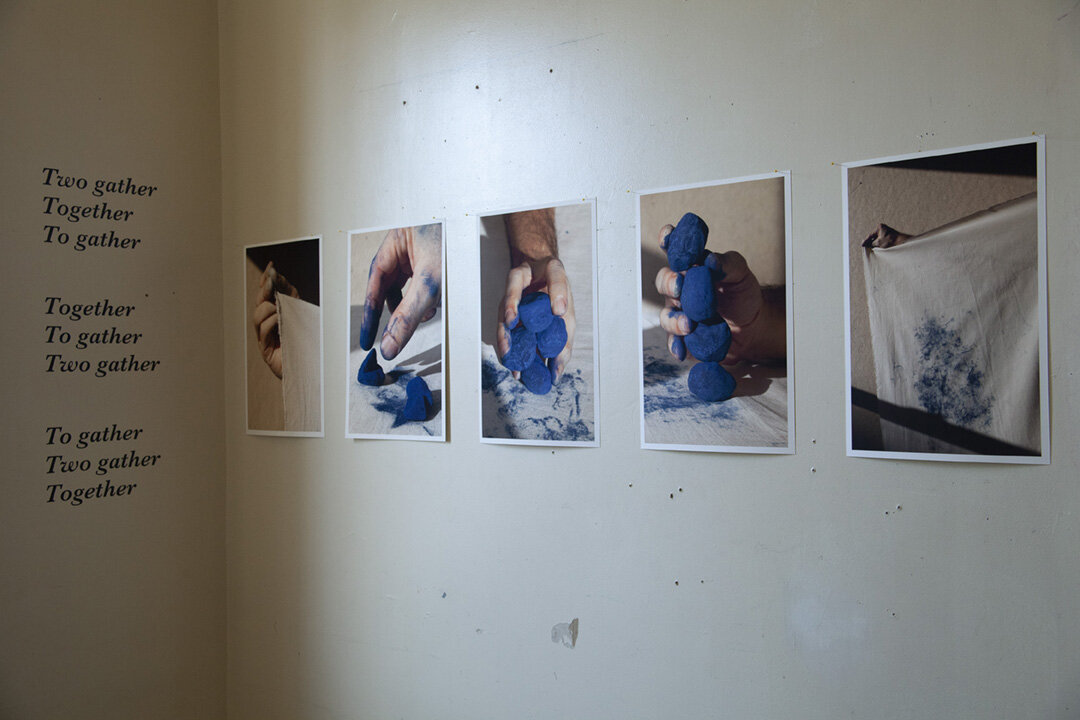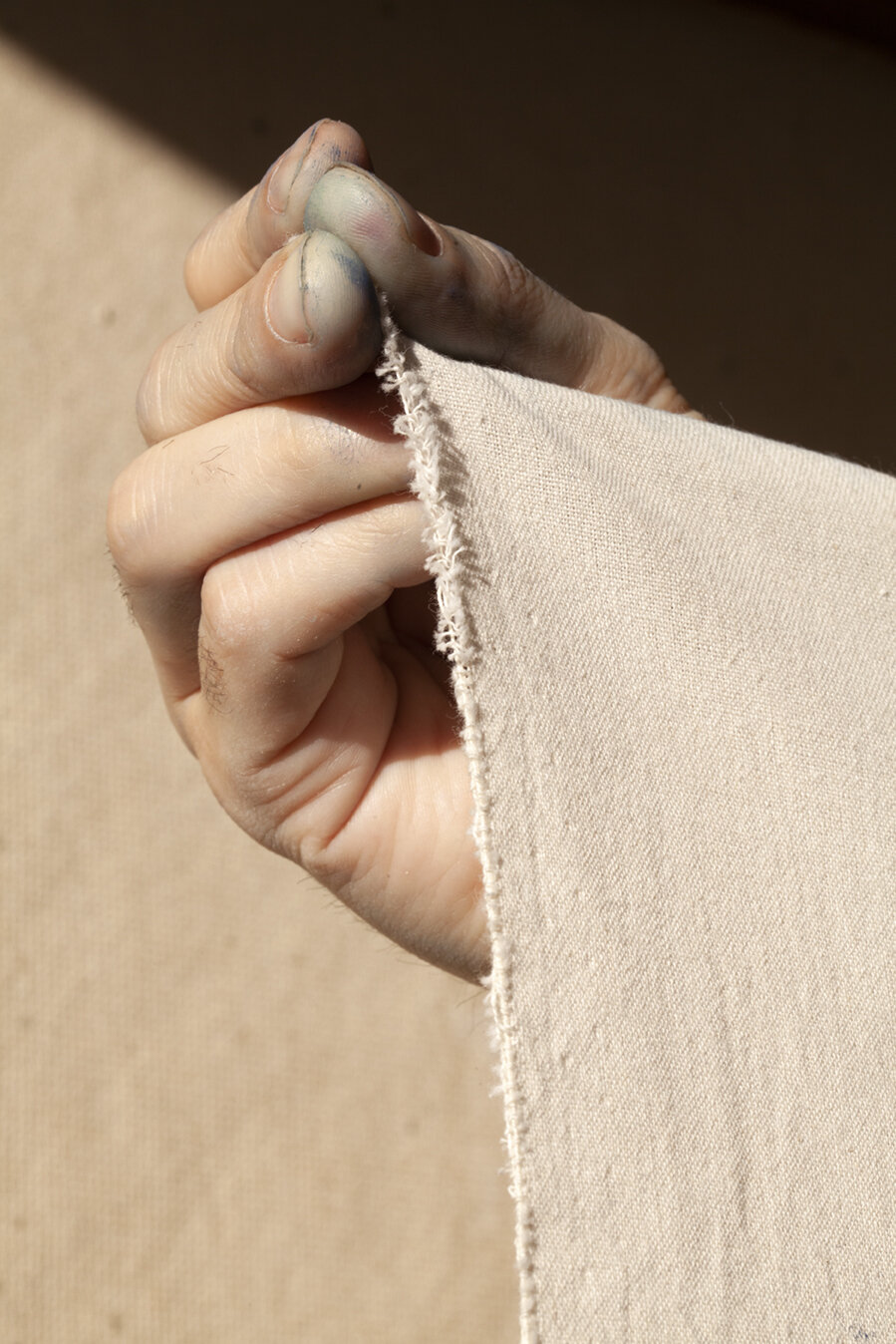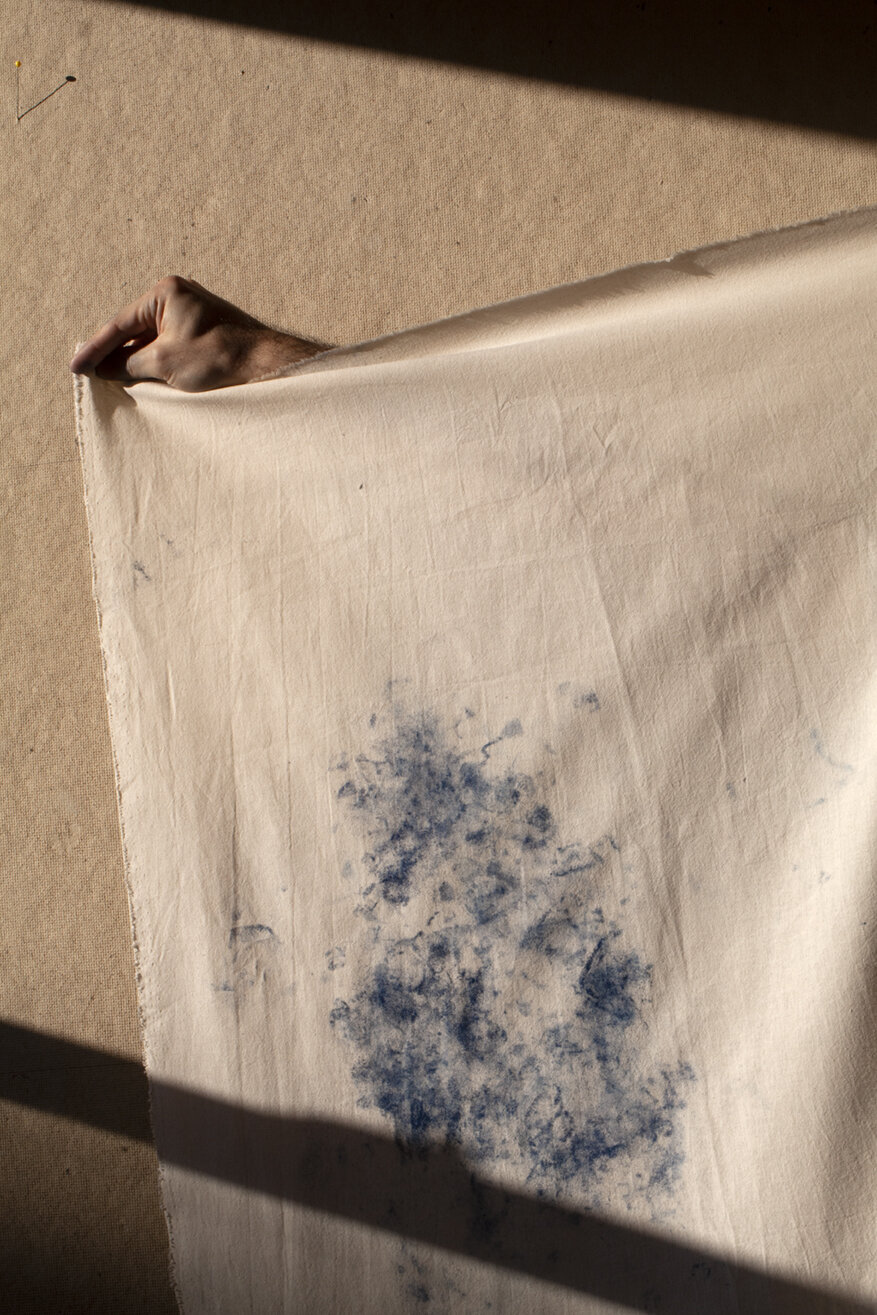March 2 - 17, 2019: Gabriel Rivera Anten(n)a
Alongside botanically hand-dyed textiles, titles that assert themselves as poems, and a photographic collaboration with Katherine Finkelstein, a display is presented as an introduction to a research project based on an early 16th century Aztec herbal manuscript.










The Manuscript
In 1552, during the Spanish colonization of what is now known as Mexico, two Aztecs Indians, Juannes Badianus and Martinus de la Cruz, wrote and illustrated a manuscript that is now considered the oldest herbal codex of the Americas. It is recognized as the most extensive record of Aztec medicinal plant remedies to date. The manuscript depicts various medicinal plants and their preparations as used by the Aztecs to cure illnesses. Written in Nahuatl and Latin, the manuscript is organized by sections of the body and their corresponding ailments. The manuscript, seemingly simple in its intention and design, is the complex result of a colonization that, despite taking place centuries ago, still resonates to this day. The cultural convergence in the manuscript between the colonized and colonizer in language, meaning, belief, knowledge, representation, healing and ecology brings to light the (im)possibilities gained and lost in time and translation.
The Display
The manuscript displayed before you, originally untitled, is a reprint translated from both Nahuatl and Latin to English by Emily Walcott Emmert. Published in 1940 and titled The Badianus Manuscript, Emmert’s translation offers historical context for the manuscript, as well as an understanding of its structure and symbols.
Above the displayed manuscript on the corner shelf sits the datura plant. The plant comes courtesy of Katherine Finkelstein who transplanted the plant from her mother’s garden to her apartment in 2016. The datura plant, considered native to Mexico, is a powerful psychoactive plant. It was used in sacred ceremonies and in herbal remedies by the Aztecs as seen on plates 20, 41, and 49 in The Badianus Manuscript. Presently, in northern Mexico, the Tarahumara Indians continue to use the datura plant in ceremony. The Tarahumara call the datura plant toloache, which translates to “reverential, or to bow the head”. Here the plant sits in gentle repose as the overseer of Anten(n)a.






HOCUS
POCUS
FOCUS
A photographic collaboration with Katherine Finkelstein using stones of indigo, a textile, the hand, and improvisation.




A series of promotional/informational images co-created with Katherine Finkelstein of dye materials utilized for the textile works in Anten(n)a.